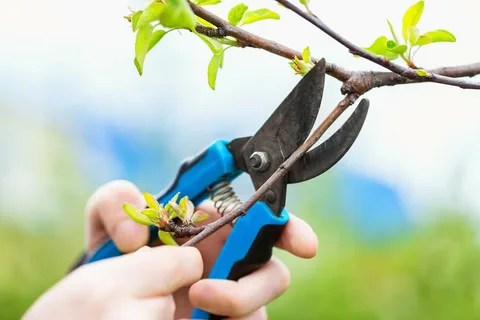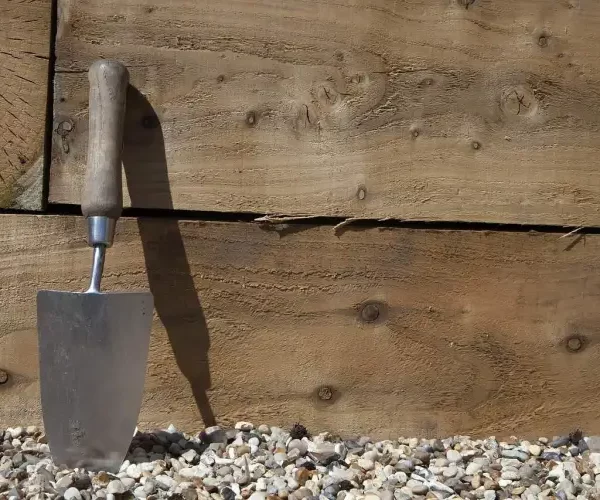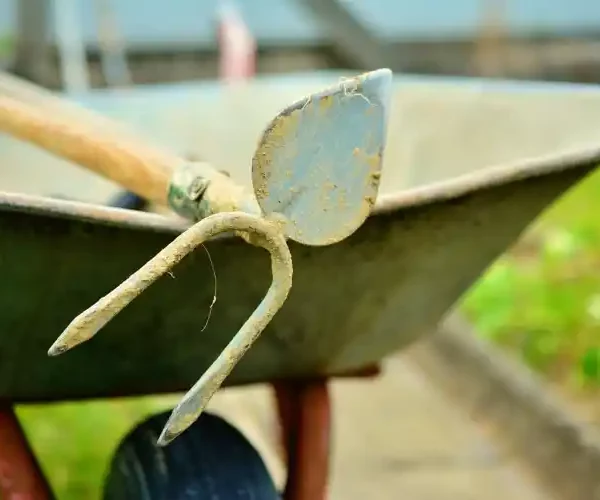Gardening tools are essential for maintaining a healthy and vibrant garden. From digging and planting to pruning and harvesting, each tool serves a specific purpose in nurturing plants and cultivating the soil. In this expert guide, we’ll provide an extensive list of gardening tools from A to Z, along with descriptions and recommended uses, drawing insights from governmental organizations, horticultural bodies, and academic experts.
 Apron
Apron
An apron is a garment worn by gardeners to protect clothing from dirt, moisture, and debris while working in the garden. It typically features multiple pockets for storing small tools and accessories.
Bypass Pruners
Bypass pruners are handheld cutting tools with curved blades that overlap, similar to scissors. They are ideal for precision pruning of live branches and stems, providing clean cuts that promote plant health.
Cultivator
A cultivator is a handheld or long-handled tool with multiple tines or blades used for loosening and aerating soil, removing weeds, and incorporating amendments. It is particularly useful for working in tight spaces and preparing planting beds.
Dibble
A dibble, also known as a dibber, is a pointed tool used for making holes in soil for planting seeds, seedlings, or bulbs. It helps ensure consistent seed depth and spacing, promoting successful germination and growth.
Edging Shears
Edging shears, also called grass shears, are specialized scissors-like tools used for trimming grass along edges, borders, and pathways. They help create clean, neat lines and define the shape of garden beds and lawn areas.
Fork (Garden Fork)
A garden fork, also known as a digging fork or pitchfork, is a sturdy tool with multiple tines used for digging, turning, and loosening soil. It is essential for breaking up compacted soil, incorporating compost, and harvesting root crops.
Garden Hose
A garden hose is a flexible tube used for watering plants, lawns, and garden beds. It typically connects to a water source and can be equipped with various attachments such as spray nozzles and sprinklers for efficient irrigation.
Hand Trowel
A hand trowel is a small handheld tool with a pointed, scoop-shaped blade used for digging, planting, and transplanting small plants and seedlings. It is indispensable for working in containers, raised beds, and tight spaces.
Irrigation System
An irrigation system is a method of delivering water to plants through pipes, hoses, or channels. It includes techniques such as drip irrigation, soaker hoses, and sprinkler systems, providing efficient and targeted watering while conserving water.
Jute Twine
Jute twine is a natural fiber string made from the jute plant, commonly used in gardening for tying plants to supports, trellises, and stakes. It is biodegradable and gentle on plant stems, allowing for secure yet flexible support.
Kneeling Pad
A kneeling pad, also known as a garden kneeler or knee cushion, provides cushioning and support for gardeners working close to the ground. It helps reduce strain on knees and joints during planting, weeding, and other tasks.
Lopper
A lopper is a pruning tool with long handles and a bypass or anvil cutting mechanism designed for trimming larger branches and woody stems. It provides leverage and power for cutting thick branches with precision and ease.
Mattock
A mattock is a versatile digging and chopping tool with a broad, flat blade on one side and a pick or adze on the other. It is used for breaking up soil, digging trenches, and removing roots and rocks.
Nitrile Gloves
Nitrile gloves are protective gloves made from synthetic rubber, commonly used by gardeners to shield hands from dirt, moisture, and thorns while working in the garden. They offer flexibility, grip, and durability for a variety of gardening tasks.
Oscillating Hoe
An oscillating hoe, also known as a stirrup hoe or scuffle hoe, is a lightweight and maneuverable tool with a hinged blade that moves back and forth to cut weeds just below the soil surface. It is effective for weeding in tight spaces and between rows of plants.
Pruning Saw
A pruning saw is a handheld saw with a narrow, curved blade designed for cutting larger branches and limbs. It provides additional cutting power and control for pruning trees, shrubs, and woody plants.
Quiver for Pruners
A quiver is a holster or sheath designed to hold handheld pruners or shears securely on a gardener’s belt or waistband, providing easy access and preventing loss or damage to the tool.
Rake (Garden Rake)
A garden rake is a long-handled tool with a row of sturdy tines or teeth used for leveling soil, spreading mulch, and removing debris such as leaves, grass clippings, and rocks. It is essential for maintaining tidy garden beds and pathways.
Spade
A spade is a digging tool with a flat, rectangular blade and a long handle used for digging, lifting, and moving soil, compost, and other materials. It is indispensable for planting trees, shrubs, and perennials and creating trenches and borders.
Transplanting Spade
A transplanting spade, also known as a planting spade or bulb planter, is a specialized digging tool with a narrow, pointed blade designed for transplanting small plants, bulbs, and seedlings. It helps minimize root disturbance and create precise planting holes.
Ultraviolet (UV) Protective Clothing
Ultraviolet (UV) protective clothing, including hats, shirts, and gloves, is designed to block harmful UV rays from the sun, providing added protection for gardeners working outdoors for extended periods.
Vegetable Harvest Basket
A vegetable harvest basket is a sturdy container or basket used for collecting and transporting freshly harvested vegetables and fruits from the garden to the kitchen. It helps prevent bruising and damage to delicate produce and keeps harvested items organized.
Watering Can
A watering can is a portable container with a spout used for watering plants, especially in areas where a garden hose may not reach. It provides gentle, targeted watering for seedlings, containers, and delicate plants.
Xeriscaping Tools
Xeriscaping tools are specialized gardening tools and equipment designed for water-efficient landscaping practices, such as drip irrigation systems, rain barrels, and drought-tolerant plant selections.
Yard Waste Bag
A yard waste bag, also known as a garden waste sack or compostable bag, is a large, durable bag used for collecting and disposing of garden debris such as leaves, grass clippings, and plant trimmings. It facilitates easy cleanup and disposal of organic matter.
Zen Garden Rake
A Zen garden rake, also called a sand or gravel rake, is a small, handheld tool used for raking and shaping patterns in Zen gardens, Japanese rock gardens, and other minimalist landscape designs. It promotes relaxation, mindfulness, and artistic expression.
Conclusion
This comprehensive list of gardening tools from A to Z covers a wide range of essential equipment and accessories for gardeners of all skill levels. By selecting the right tools for the job and maintaining them properly, gardeners can ensure a successful and enjoyable gardening experience.
What are gardening tools, and why are they important?
Gardening tools are instruments and equipment used for various tasks such as digging, planting, pruning, and watering in the garden. They are essential for maintaining healthy plants and achieving successful gardening results.
How do I choose the right gardening tools for my needs?
Consider factors such as the size of your garden, the types of plants you’re growing, and the specific tasks you’ll be performing. Invest in high-quality tools that are ergonomic, durable, and suited to your gardening style and preferences.
What are some essential hand tools every gardener should have?
Essential hand tools include a hand trowel, hand pruners, garden gloves, a weeding tool, a garden knife, and a watering can. These tools are versatile and suitable for a wide range of gardening tasks.
What are the different types of digging tools available for gardening?
Digging tools include shovels, spades, garden forks, and mattocks. Shovels and spades are ideal for digging and moving soil, while garden forks are useful for turning and loosening soil. Mattocks are versatile tools for breaking up soil and removing roots and rocks.
How do I maintain and care for my gardening tools?
Proper maintenance includes cleaning tools after each use, sharpening blades as needed, lubricating moving parts, and storing tools in a dry, protected area. Regular maintenance helps prolong the lifespan of your gardening tools and ensures optimal performance.
What safety precautions should I follow when using gardening tools?
Always wear appropriate protective gear such as gloves, safety glasses, and sturdy footwear when using gardening tools. Use tools according to manufacturer instructions, and exercise caution to prevent accidents and injuries.
Can gardening tools be used for indoor gardening as well?
Many gardening tools, especially hand tools like pruners, trowels, and watering cans, can be used for indoor gardening tasks such as repotting houseplants, pruning foliage, and watering containers. Choose tools suited to the scale and requirements of indoor gardening.
Where can I purchase gardening tools?
Gardening tools are available at garden centers, nurseries, hardware stores, home improvement centers, and online retailers. Choose reputable suppliers that offer high-quality tools and provide warranties or guarantees for their products.
Are there specialized gardening tools for specific tasks or plants?
Yes, there are specialized tools designed for specific gardening tasks such as pruning, transplanting, and harvesting. Examples include pruning saws, bulb planters, and berry pickers. Select tools that match the requirements of your garden and plants.
What are some eco-friendly alternatives to traditional gardening tools?
Eco-friendly alternatives include hand tools made from sustainable materials such as bamboo or recycled plastic, as well as battery-powered or manual tools that reduce reliance on fossil fuels. Look for tools with minimal environmental impact and consider practices such as composting and rainwater harvesting to further reduce your ecological footprint.
- Lip Filler London – Lip Augmentation & Natural Lip Enhancement - December 16, 2025
- Tennessee’s THC Beverage Market - June 5, 2025
- Top THC Infused Seltzers in Delaware - June 5, 2025

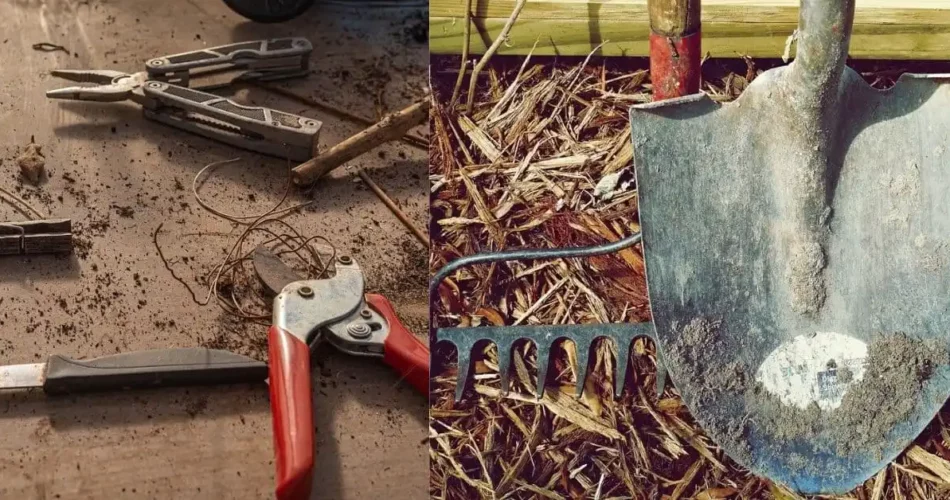
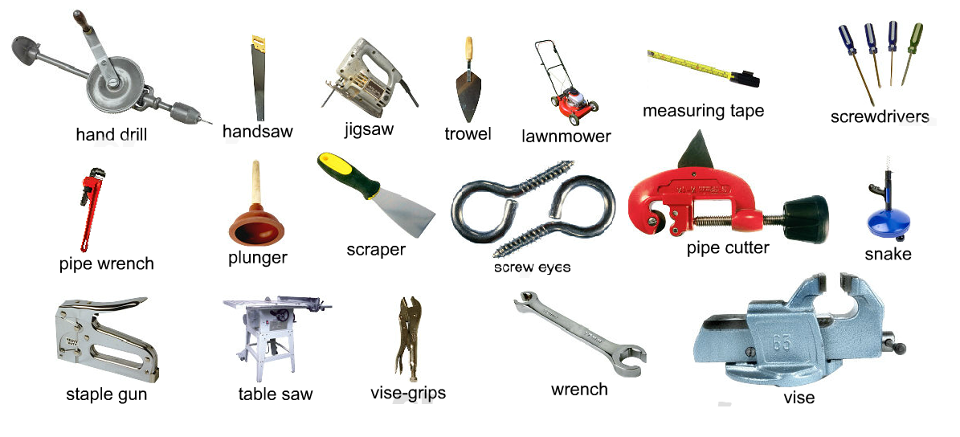 Apron
Apron